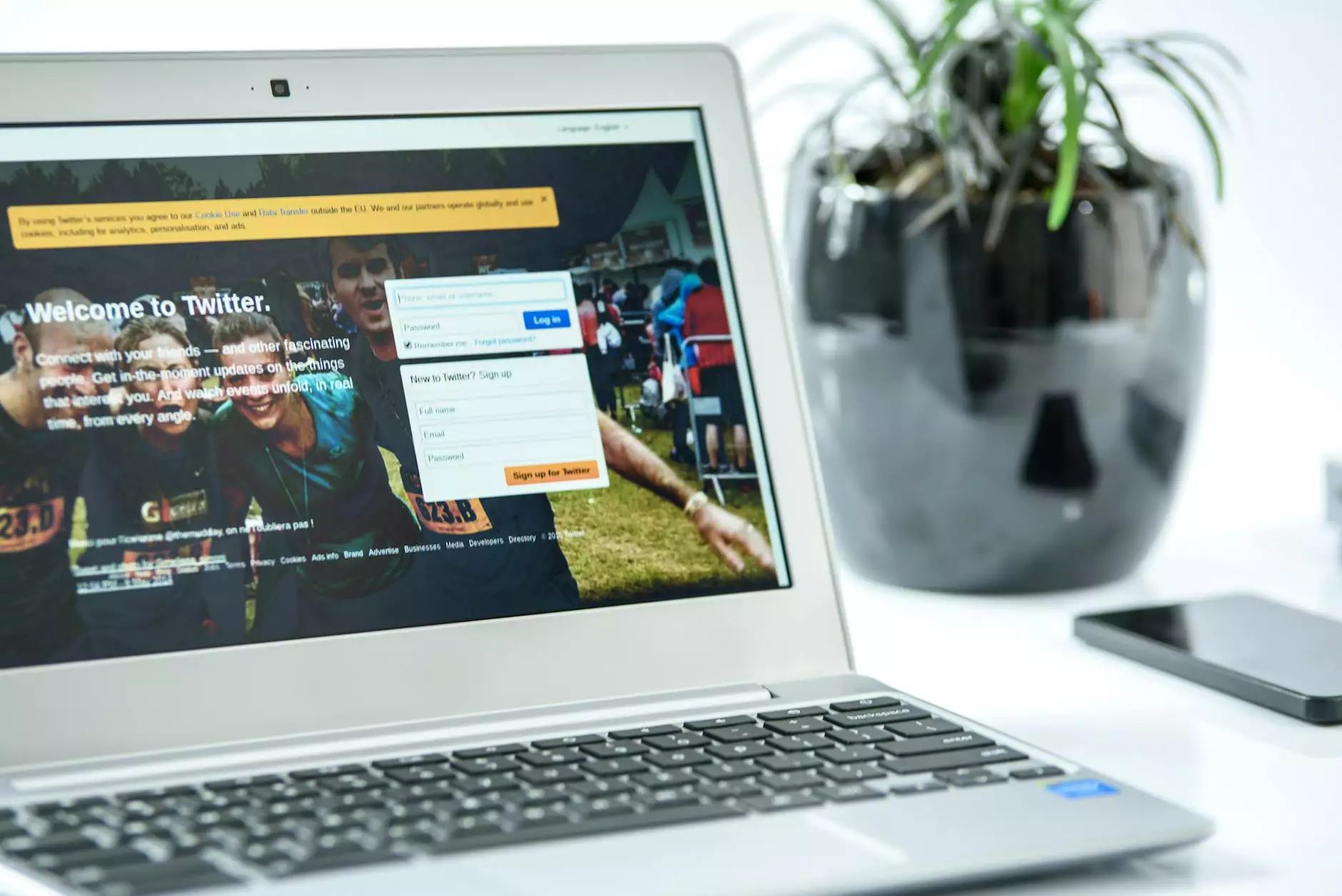How to Design a Landing Page
Resources
Welcome to Seo by Chrys, your go-to resource for all things website development and search engine optimization. In this comprehensive guide, we will walk you through the strategies and techniques needed to create a high-converting landing page. Whether you are a business owner looking to improve your online presence or a marketer aiming to generate more leads, designing an effective landing page is crucial for success in today's digital landscape.
The Importance of an Effective Landing Page
Before diving into the specifics of designing a landing page, let's first understand why it is so important. A landing page serves as a dedicated entry point for your website visitors, typically linked to a specific marketing campaign or advertisement. Unlike your homepage, a landing page is designed to capture the visitor's attention and encourage them to take a specific action, such as filling out a form or making a purchase.
A well-designed landing page can significantly increase your conversion rates and drive qualified leads to your business. It provides a focused and streamlined experience for users, eliminating distractions and guiding them towards the desired goal. By following the strategies outlined in this guide, you will be able to create landing pages that not only attract visitors but also convert them into valuable customers.
Defining Your Landing Page Objectives
Before you start designing your landing page, it is essential to clearly define your objectives. Ask yourself what action you want your visitors to take after landing on your page. Are you trying to capture email leads, sell a product, or promote a specific offer? By identifying your primary goal, you can tailor your landing page design and messaging accordingly.
Remember, a successful landing page is all about delivering a targeted message that resonates with your audience. Make sure your value proposition is clear and compelling, highlighting the unique benefits of your product or service. Use persuasive language and captivating visuals to capture your visitors' attention and keep them engaged throughout the page.
Designing a User-Friendly Layout
Now that you have a clear objective in mind, it's time to focus on the visual design and layout of your landing page. A user-friendly and aesthetically pleasing design will not only enhance the overall experience but also instill trust and credibility in your brand.
Start by organizing your content into digestible sections using headings and subheadings. Breaking up the text not only makes it easier to read but also helps with search engine optimization. Incorporate relevant keywords into your headings and subheadings, making it easier for search engines to understand the context and relevance of your page.
In terms of the layout, consider using a clean and minimalist approach. Avoid cluttering your page with unnecessary elements and keep the focus on your core message and call-to-action. Use high-quality images and videos, where appropriate, to showcase your product or service in action.
Creating Compelling Call-to-Action (CTA)
A strong and compelling call-to-action (CTA) is critical for driving conversions on your landing page. Your CTA should be prominently displayed and clearly convey the next step you want visitors to take. Use action-oriented language, such as "Sign Up Now" or "Get Your Free Trial," to create a sense of urgency and entice users to take immediate action.
Experiment with different CTA formats, such as buttons, forms, or even interactive elements, to determine what works best for your audience. Test different colors, sizes, and placements to optimize your CTA's visibility and click-through rates. Remember to align your CTA with your overall design and messaging to maintain consistency and reinforce your value proposition.
Optimizing for Mobile Devices
In today's mobile-driven world, optimizing your landing page for mobile devices is no longer optional—it's a necessity. With more and more users accessing the internet via smartphones and tablets, it's crucial to ensure your landing page is mobile-responsive and provides a seamless browsing experience across all devices.
Pay attention to the page load speed, as slow-loading pages can lead to high bounce rates and lost conversions. Optimize your images and minimize unnecessary code to enhance overall performance. Test your landing page on various devices and screen sizes to ensure it looks and functions as intended.
Tracking and Analyzing Performance
Designing a landing page is not a one-time task; it requires continuous monitoring and optimization. Implement tracking tools such as Google Analytics to gain valuable insights into how visitors interact with your page. Track metrics like bounce rate, conversion rate, and average time on page to assess its performance.
Use the data you collect to make data-driven decisions and iterate on your landing page design. Test different variations, such as alternative headlines, images, or CTA placements, to improve your conversion rates. A/B testing can help you determine what elements resonate best with your audience and drive the highest engagement.
Conclusion
Congratulations! You are now equipped with the knowledge and strategies necessary to design a highly effective landing page. Keep in mind that successful landing page design takes time, experimentation, and continuous optimization. Stay up-to-date with the latest industry trends and best practices to ensure your landing pages remain competitive in the ever-evolving digital landscape.
Seo by Chrys is here to support you on your journey to website excellence. Contact us today to learn more about our website development services and how we can help you achieve your business goals.




